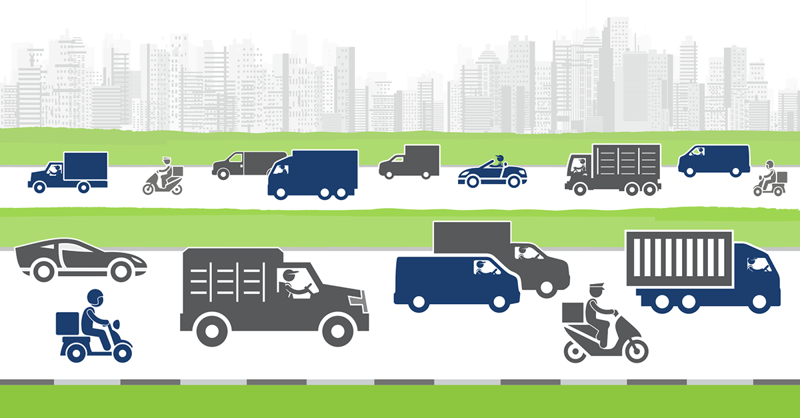While the attention of the shipping and logistics industry — and the world as a whole — is focused on the impact of COVID-19, it is still essential to look both forward and backward to get a sense of the parcel shipping market.
Sure, it may not be back to “business as usual,” but it is still vital to track business and project for the future. That is why we were excited to see the detailed parcel shipping recap in this year’s “State of Logistics Report,” released by the Council of Supply Chain Management Professionals (CSCMP). Now in its 31st year, the report is researched and prepared by the consulting firm, Kearney, and sponsored by Penske Logistics.
The report confirmed anecdotal evidence we have heard from our partners, as well as what we are seeing from our customers, and provided an in-depth look at the parcel shipping industry in 2019, and what we might expect as we slowly move beyond the coronavirus crisis.
Costs
While overall U.S. logistics costs rose by less than 1 percent in 2019 compared to 2018, according to the report, parcel saw an increase of more than 8 percent (8.5%). The report attributed that growth to momentum building in 2018 and carrying over into 2019.
eCommerce
The increase was attributed to eCommerce growth, which has driven more B2C volumes than ever before and this was before the COVID-19 lockdowns started in 2020.
“Increased customer expectations are driving shippers to devise strategies to enable increased service levels at a minimized cost per package,” the report said. “Across the entire delivery market, retailers and shippers are offering customers lots of options for delivery speed and type.”
The report said that there are three keys to eCommerce shipping success in meeting customer expectations:
- Delivery capacity
- On-time delivery
- First-time delivery success
Of course, meeting these—as well as other expectations—can all add to shippers’ costs, making it more critical than ever to control transportation spend wherever possible by effectively rate shopping and reducing ancillary costs with a multi-carrier management solution.
The new normal
While the economy continues to find its way toward a new normal, the report said that the logistics industry, as well as warehousing, were “well-positioned to absorb a short-term disruption.”
The report sees the growth of eCommerce, relative to retail, accelerating. Some of the inhibitors to growth, such as resistance to purchasing certain product categories online, are falling away to new shopping habits adopted during stay-at-home measures. This has led to a demand for more warehouse space, which may lead to retailers increasingly adopting omnichannel strategies, such as ship-from-store and warehouse-in-a-warehouse.
“eCommerce adoption has spiked and is expected to stay high,” the report noted. “If eCommerce grows at an annual 20 percent over the next five years (instead of the projected 14 percent), the need for up to an additional 400 million square feet is forecasted.”
In the end, controlling costs and meeting customer expectations are vital for parcel delivery success now and in the future. That’s where an enterprise-class multi-carrier management system, such as Transtream, can be a valuable part of shippers’ technology stack.
